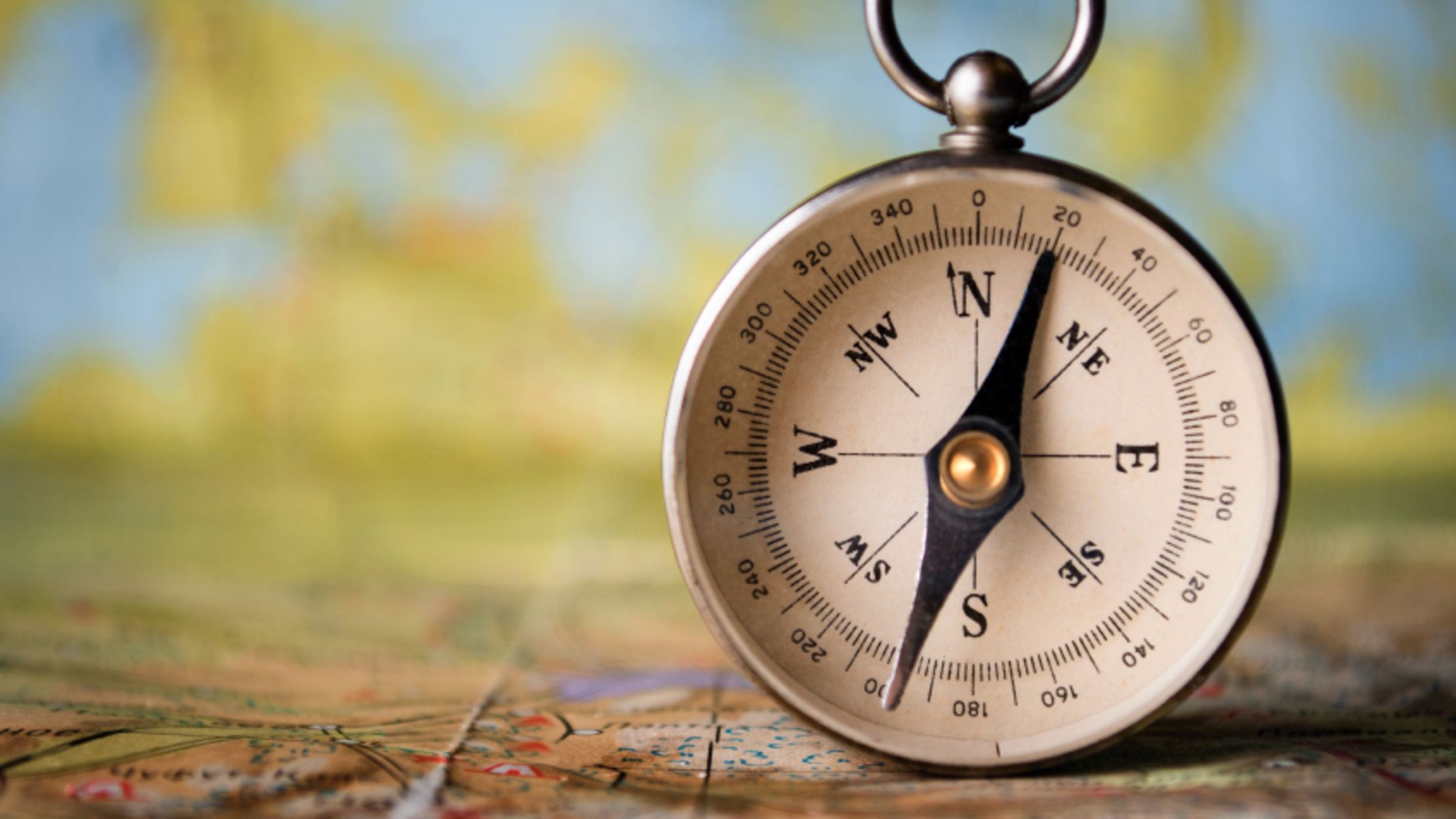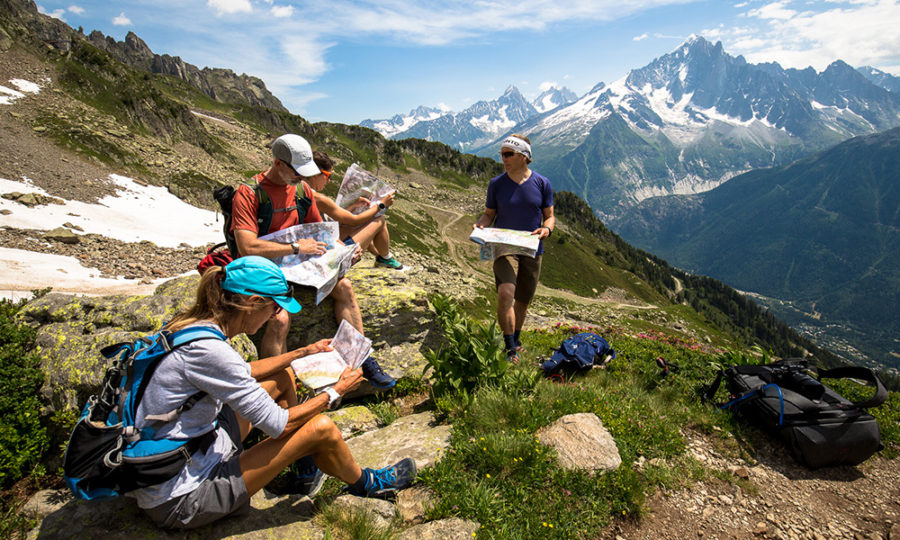Finding Your Way-
Staying found starts with something you’re born with — the ability to pay attention to your surroundings.
The following written content by MARY COCHENOUR
Paper maps and compasses have forever been the gold standard of backcountry navigation. Throw in a mapping app, like Gaia GPS, and your navigation kit is complete. But what keeps you from getting lost in the backcountry may not depend entirely on the tools in your backpack. Staying found starts with something you’re born with — the ability to pay attention to your surroundings.

Situational awareness, or paying attention to the natural world around you, is key to mastering backcountry navigation. After all, a compass bearing in the field only gives you direction. For direction to have any meaning, you’ll need to know how to expertly read topographic maps. And for topo maps to have context, you’ll need to be aware of landscape around you.
Learn these quick tips on how to use landscape awareness and natural navigation clues to find your way in the backcountry.
Start with the Big Picture on the Map
Not getting lost in the backcountry starts with your trip planning at home. Before you get out in the wilderness, get to know a place by studying its features on a map. Small-scale maps that show a big area and less topographical detail can help you see how your planned route fits in the context of the broader landscape.
Subscribe here
You can do this for free on Gaia GPS. Start by pulling up the area you plan to visit on www.gaiagps.com/map. Use the planning tools on the left-hand side of the screen to create a route. If you don’t know how to create a route yet, you can learn by watching an 8-minute tutorial at the end of this article.
With your route drawn on the map, zoom way out to see how the route fits within the landscape of the broader region. Take note of prominent features on the map: large bodies of water, river valleys, the area’s tallest peaks, mountain crests or divides, land management details, trailheads, roads, towns, and ranger stations. This zoomed-out view of the map doesn’t reveal much about the landscape. But consulting the map in broad scale is the beginning of the situational awareness that will help you navigate in the field. Read more from Ski.





